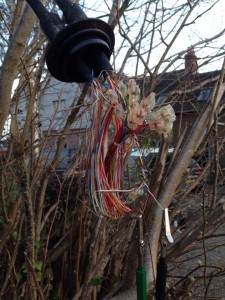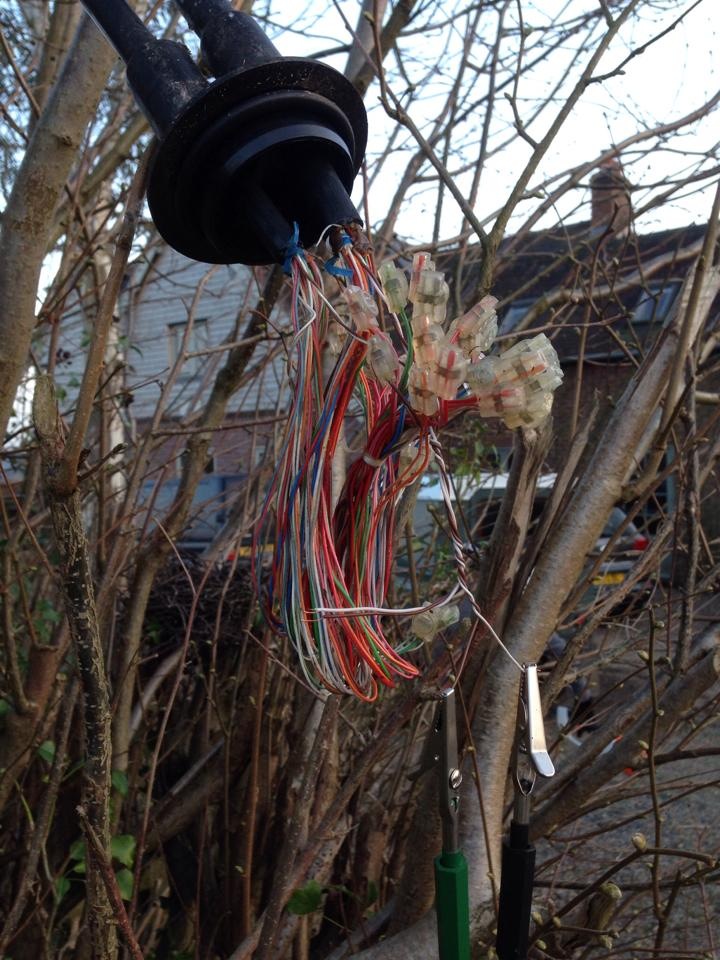Superfast broadband FTTP is said to be uneconomic for rural areas but Telenor thinks otherwise
We hear all the time that rural FTTH (Fibre to the home, or FTTP – Fibre to the premises) is unviable. The reality, though, is that it is only unviable when we view it purely from the deploying Telco point of view AND we understand that infrastructure providers are no longer the holders of patient money (many thanks to Ben Verwaayen for this term). And while this argument has slowed Britain down for a decade (blame the Analysys Mason report that looked at the costs and ROI only from a Telco POV and not from the standpoint of every Brit, council, business, industry, sector, and ROI in social capital, etc., etc.), the lack of such thinking continues to allow other nations to leapfrog the UK in digital development.
A case in point is last week’s news regarding the small, remote, and isolated near-North Pole community of Bjørndalen, where Telenor has helped to bring fibre to 43 early adopters (even I know Bjorn means ‘bear’, a good indicator of the usual passing traffic). The treatment of this tiny peninsula in the Svalbard Archipelago by Telenor as a miniature version of mainland Norway indicates that they consider it an ideal testbed, giving the Telco an opportunity to “scrap older technologies like copper, coaxial cable and older generation mobile networks”.
Other such testbeds could be rolled out in similar places in other countries, and in particular the UK, though Britain seems to be getting lost in defending the obsolete tech (otherwise known as “sweating the asset”) rather than focusing on resolving the key problem of setting up rural areas for the future. For instance, who could have known that champagne tourism would become a factor in Svalbard, and that even in a global economic crisis access to decent connectivity could have a positive effect on that new and thriving industry?
Another interesting facet of the Wall Street Journal article is that rural demand is proving once again to be far higher than is often touted, which we are seeing with the take-up for FTTH in places like B4RN where the commonly given figures of 20-30% rural take-up are shown to be closer to 80 or even 90+%. In the Bjørndalen project, Telenor required 15 signatures to go ahead with the plan, yet 43 people signed up, three times the amount expected.
The fact is that when you take into account all of the different reasons why a rural dweller or business may want FTTH, you are going far beyond what the Telcos have in their business models. And light years beyond, “It is all about watching iPlayer..”, a spurious, ill-informed and unbelievable comment from a local authority that I saw last week in the justification for one of the RCBF schemes.

The sooner local authorities and government understand that it is not all about the needs and desires of the Telcos but about the needs and desires of CONNECTED PEOPLE, the sooner you start to see the justification that has connected Bjørndalen and proven that Telenor are completely right in going that extra mile.
Finally, the fibre has seen Telenor’s maintenance costs plummet, which should provide a lesson for a certain incumbent that seems to be having more than a few problems keeping their ancient and failing bits of copper under control.
Related posts:


One reply on “FTTP – Fibre To The Polar Bear”
With Prof Dr Peter Cochrane’s impending interview on the splendid TechQT I have some detailed examples and questions which somehow we have to get asked.
There has been, at least since the turn of the century a varying degree of obfuscation and deceit within our whole telecommunications society.
Politicians and Public Servants alike, seemingly under strong influence from the BT group and almost silence from VM, continue to deny reality and let the travesty continue festering.
Unless and until the disaster is recognised publicly, the problem remains undefined and is thus insoluble.
The situation is exemplified at a high level by the resulting non-reaction from statements by Dr Cochrane to the House of Lords on 20 March 2012 (One of the worst mistakes humanity has made) and to BBC Newsnight in August last year (FTTC is the wrong technology).